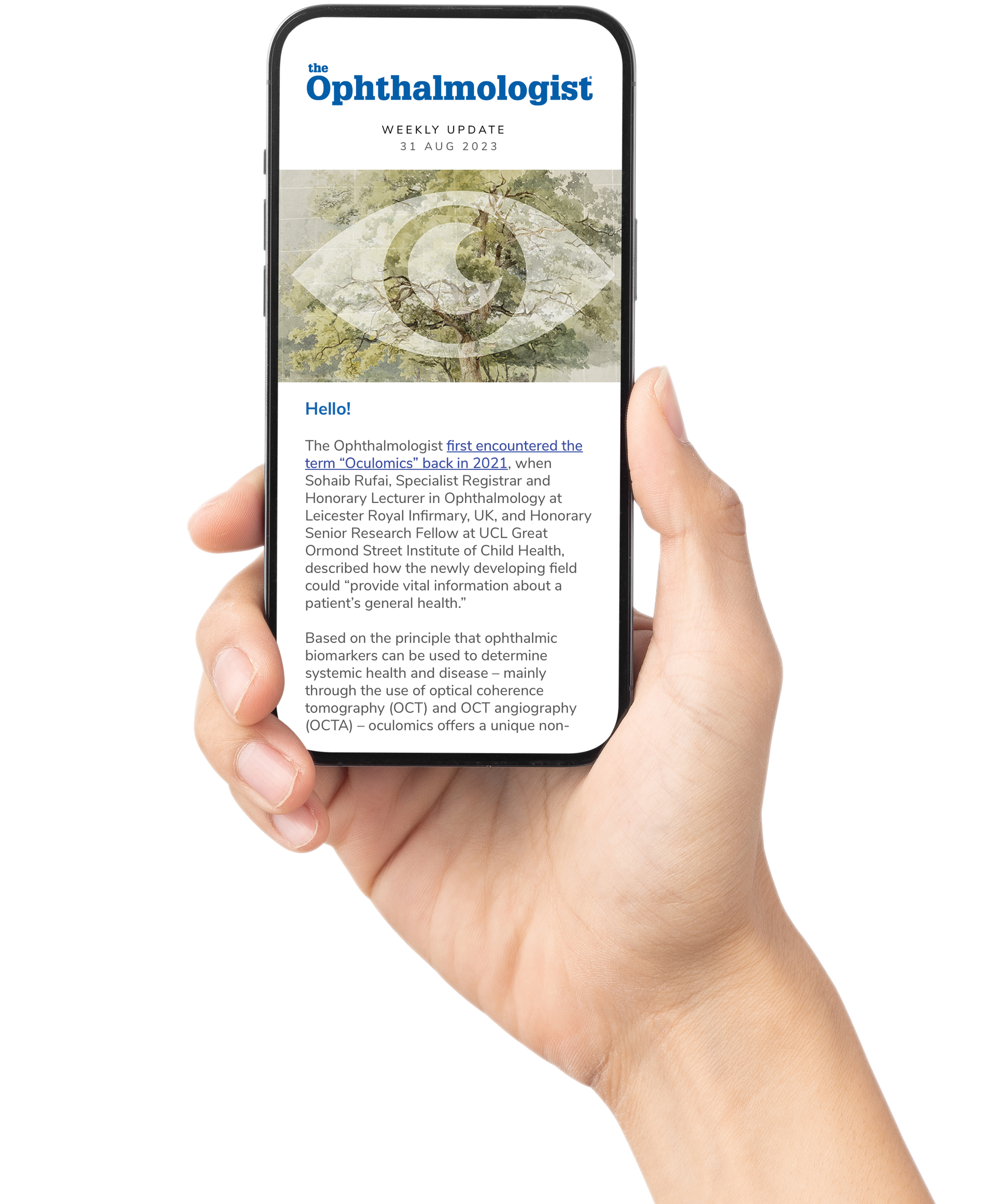
Researchers at Wayne State University have been awarded a $400,400 two-year grant from the US Department of Defense (DoD) to develop new therapies for treating chemical injuries to the eye — a critical issue for military personnel exposed to harmful substances in combat and training. The project, titled Harnessing Immunometabolism to Ameliorate the Pathology of Ocular Chemical Injuries, is led by Dr. Sukhvinder Singh, a research scientist in the lab of Dr. Ashok Kumar, professor of ophthalmology, visual and anatomical sciences at Wayne State’s School of Medicine.
“Ocular chemical injuries can lead to chronic inflammation, corneal nerve damage, persistent pain, dry eye and even permanent vision loss,” says Singh. “Unfortunately, current treatment options are often inadequate, offering only partial relief and sometimes leading to undesirable side effects.”
Wayne State University’s research focuses on host-derived metabolites to reduce inflammation, promote corneal nerve regeneration, and accelerate wound healing. A key innovation is the use of hydrogel-based drug delivery, which allows for sustained release and improved bioavailability compared to conventional eye drops – a key advantage in military settings with limited medical access.
Dr. Kumar adds that the long-term goal is to develop clinically translatable therapies that “not only preserve vision but also lessen the emotional and economic burden on service members, their families and the broader health care system.”
“Ocular chemical injuries can lead to chronic inflammation, corneal nerve damage, persistent pain, dry eye and even permanent vision loss,” says Singh. “Unfortunately, current treatment options are often inadequate, offering only partial relief and sometimes leading to undesirable side effects.”
Wayne State University’s research focuses on host-derived metabolites to reduce inflammation, promote corneal nerve regeneration, and accelerate wound healing. A key innovation is the use of hydrogel-based drug delivery, which allows for sustained release and improved bioavailability compared to conventional eye drops – a key advantage in military settings with limited medical access.
Dr. Kumar adds that the long-term goal is to develop clinically translatable therapies that “not only preserve vision but also lessen the emotional and economic burden on service members, their families and the broader health care system.”
